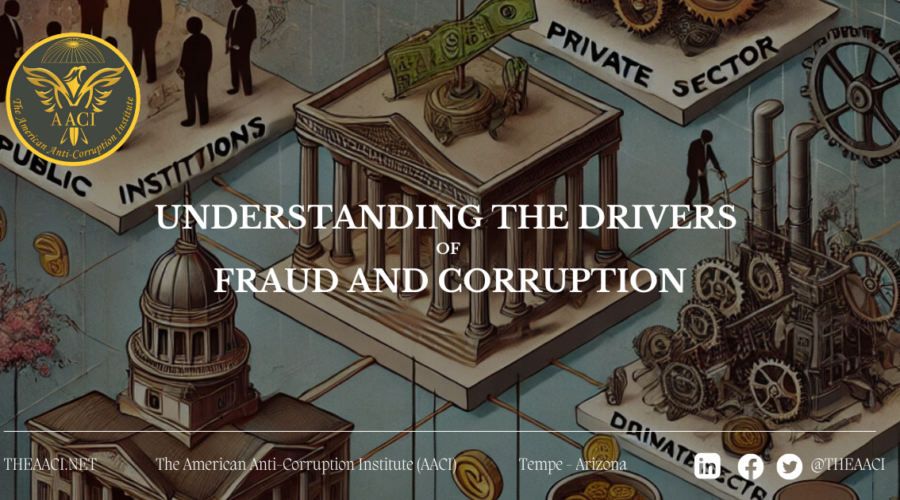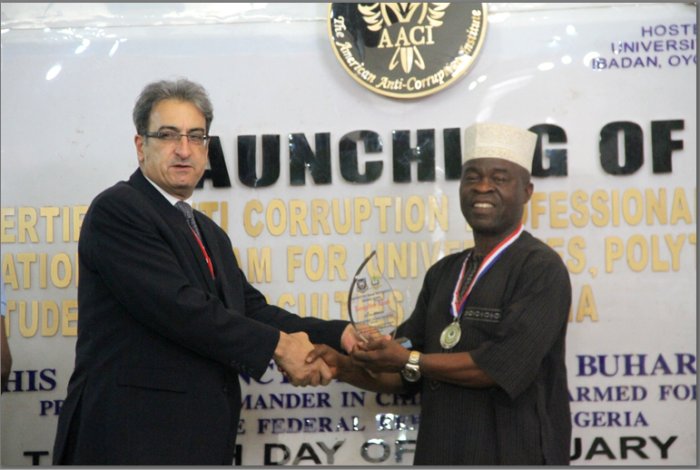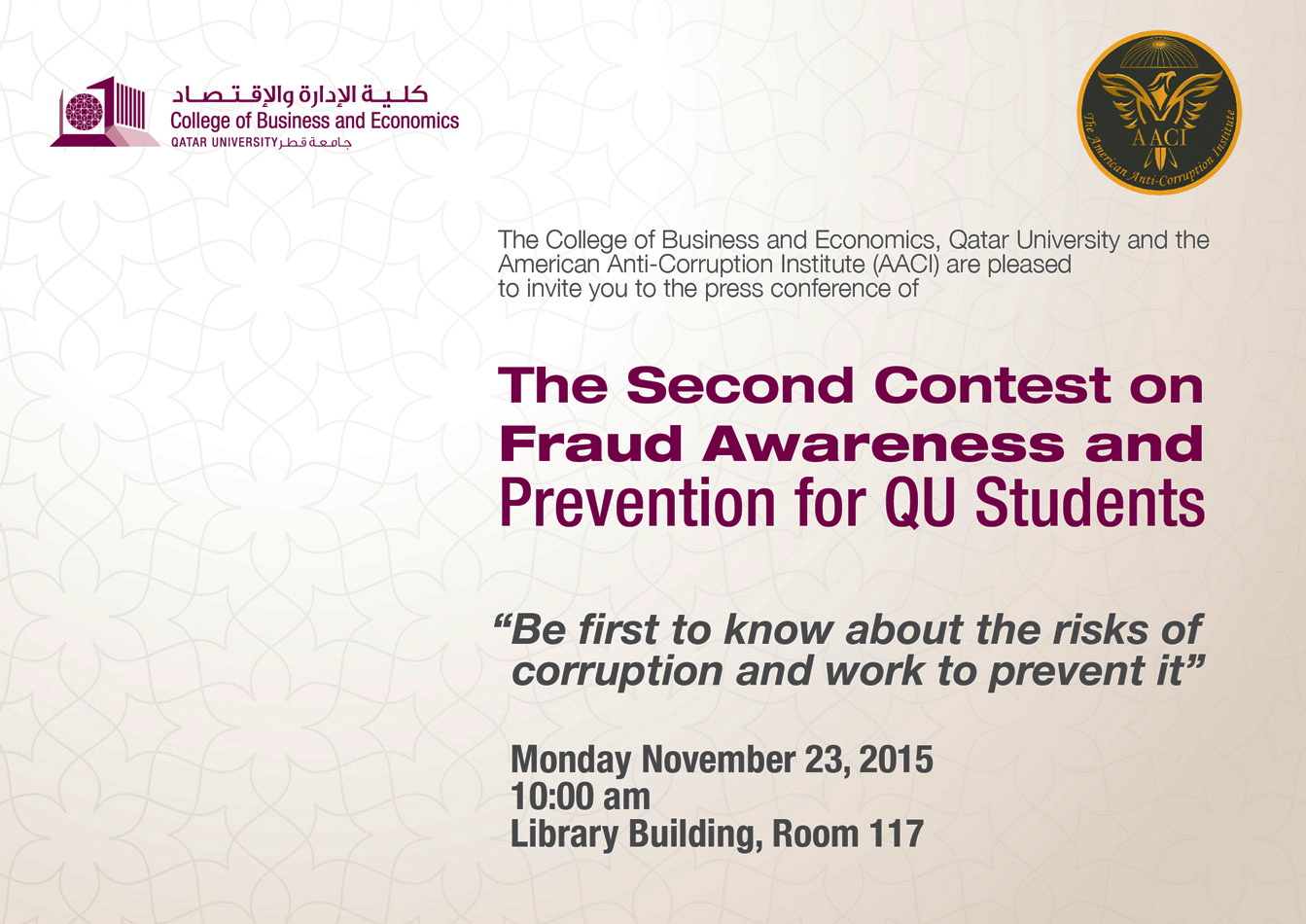December 18, 2024
Technical Staff
Fraud and corruption are pervasive issues that undermine trust, erode social and economic development, and destabilize communities. Addressing these challenges requires a nuanced understanding of the root causes and the environments that enable such behavior. Public institutions, private enterprises, and non-profit organizations are all vulnerable, albeit in different ways. Below, we examine selected, but not all, drivers of fraud and corruption within these sectors and offer targeted recommendations to mitigate the risks.
Drivers of Fraud and Corruption
Public Institutions
Public institutions often face significant challenges due to their role as custodians of public resources. The drivers of fraud and corruption in this sector include:
1. Weak Governance Structures
Poor oversight mechanisms and inadequate separation of powers create opportunities for corruption.
2. Lack of Transparency
Limited access to public information fosters an environment where illicit activities can go unnoticed.
3. Cultural Acceptance of Corruption
In some communities, bribery and nepotism are normalized, perpetuating unethical behavior.
4. Inadequate Internal Control
Insufficient checks and balances in financial and operational processes increase vulnerabilities.
Private Sector
The private sector is not immune to corruption and fraud, which can manifest as embezzlement, procurement fraud, or bribery. The drivers include:
1. Profit-Driven Culture
The relentless pursuit of profits can lead to ethical compromises.
2. Ineffective Governance and Internal Control
Governance and internal control are the cornerstones of accountability and integrity within any organization, be it a public institution, private enterprise, or non-profit organization. When these mechanisms are ineffective, they create opportunities for fraudulent and corrupt behavior to flourish.
3. Weak Regulatory Enforcement
Ineffective monitoring and enforcement of anti-corruption laws encourage misconduct.
4. Conflict of Interest
Situations where personal interests are prioritized over organizational integrity lead to unethical decision-making.
Non-Profit Organizations (NPOs)
Non-profits are particularly vulnerable due to their reliance on public trust and external funding. Fraud and corruption in this sector often stem from:
1. Limited Oversight
Many NPOs lack robust governance frameworks, making them susceptible to mismanagement.
2. Resource Constraints
Tight budgets and limited staff often result in weak financial controls.
3. Misuse of Donations
Without transparency in fund allocation, donations may be diverted for personal gain.
4. Insufficient Accountability
Poor record-keeping and reporting practices reduce the likelihood of fraud detection.
Recommendations to Lower Fraud and Corruption Risks
To combat fraud and corruption effectively, governments must adopt a comprehensive approach that targets all sectors. The following recommendations can help create a resilient framework:
For Public Institutions
1. Strengthen Governance
Implement clear accountability mechanisms and ensure strict enforcement of anti-corruption laws.
2. Enhance Transparency
Mandate the publication of budgets, procurement processes, and performance reports.
3. Promote Whistleblower Protections
Safeguard whistleblowers to encourage reporting of unethical behavior.
4. Invest in Technology
Adopt digital solutions to streamline processes and reduce opportunities for corruption, such as e-procurement systems.
For the Private Sector
1. Establish Ethical Standards
Encourage the adoption of codes of conduct and ethics training for employees.
2. Strengthen Internal Controls
Ensure robust audit systems and segregation of duties in all financial transactions.
3. Collaborate with Regulators
Work closely with government agencies to ensure compliance with anti-corruption laws.
4. Foster a Culture of Accountability
Leadership must set an example by prioritizing ethical decision-making over profits.
For Non-Profit Organizations
1. Improve Governance Frameworks
Establish boards with independent oversight and clear roles.
2. Enhance Financial Transparency
Regularly audit financial statements and publish detailed donor reports.
3. Implement Training Programs
Train staff and volunteers on fraud prevention and ethical conduct.
4. Leverage Technology
Use digital tools for monitoring donations, expenditures, and program outcomes to ensure accountability.
Conclusion
Fraud and corruption thrive in environments where accountability, transparency, and ethical standards are weak. By addressing the unique drivers within public institutions, the private sector, and non-profits, governments can foster a culture of integrity and trust. A multifaceted strategy—rooted in governance reform, regulatory enforcement, and technological advancements—is essential to mitigate risks and promote sustainable development.
It is only through a collective effort involving all stakeholders that communities can effectively combat the scourge of fraud and corruption.











































